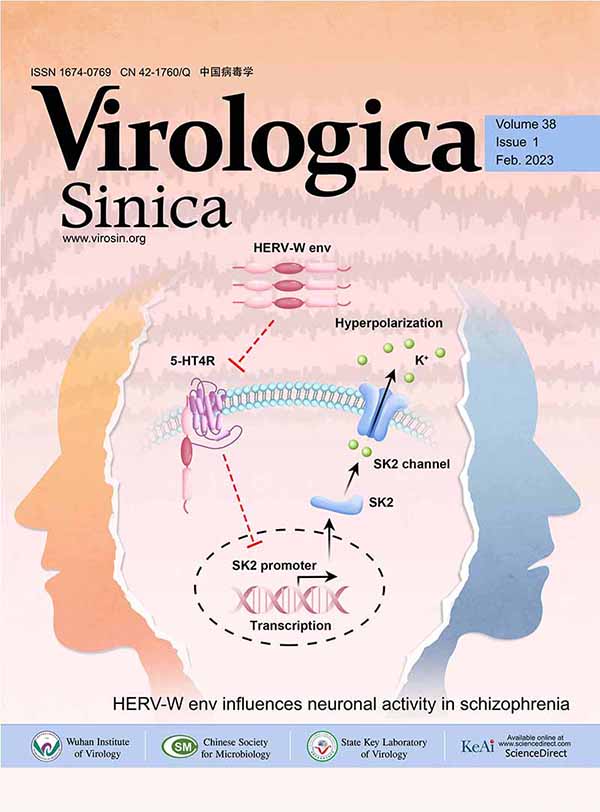Mice as a Model for Studying the Avian H5N1 Influenza Virus in Mammals
Abstract: The rationale of this study was to elucidate the etiological agent characteristics and pathogenic mechanisms of the Avian H5N1 influenza virus in mammals, and to offer a platform for evaluating vaccines and drugs against AIV. Male BALB/c mice (18~20g) were anesthetized by inhalation of ether and inoculated intranasally with 0.05mL of infectious virus (A/Tiger/Harbin/01/2002) isolating from a tiger. The dose lethal to 50% of mice (MLD50) was determined by infecting groups of ten with serial 10-fold viral dilutions. Mice were observed daily for 14 days for clinical signs of infection and day of survival. The mice showed the typical clinical symptoms, pathological changes and death rates. The MLD50 was about 10-7.1/0.05mL. The data demonstrate that infecting BALB/c mice with the avian H5N1 could serve as a successful model to assess viral infectivity.













 DownLoad:
DownLoad: